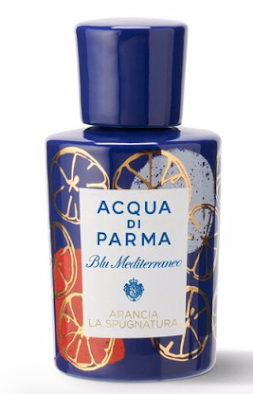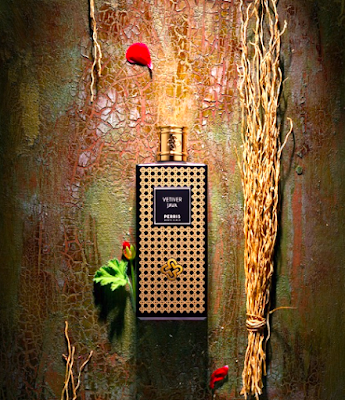Orto Parisi: Viride and Bergamask (by Alessandro Gualtieri, 2014)
Today
I'm writing about Viride, Stercus, Brutus, Boccanera and Bergamask,
the new "Orto Parisi" line by Alessandro Gualtieri (better
known as the Nasomatto).
The
inspiration for Orto Parisi line comes from Vincenzo Parisi,
Alessandro's grandfather, who used to be a farmer, thus living close
to earth, its seasonal cycles and rites, which used to be connected
to subtle or pungent, flowery, heavy, sometimes even horrible smells.Although this country life so rich in contrasts (poetic and
practical, pastoral and cruel) permeates all fragrances, these are
perfectly standing without knowing anything of the inspiration that
created them, and this is another point that I loved.
Some
people see the names of these fragrances as another provocation from
Alessandro (Stercus means, well... manure; Brutus means something
near "villain", Bergamask is a play on words between the
city of Bergamo and the word "musk", sounding like "males
from Bergamo" etc.) but I only see this as a confirmation of the
fact that Alessandro has a precise idea of what perfumery is, an
idea that differs a lot from the clean and harmless one,
all-candies-and-white-musks of many industrial brands (and sometimes
also of many niche brands too).
His
taste for sensuality is primitive, irrational and un-domesticated,
he's not afraid to evoke human "filth" in order to
communicate what's in his mind. In the end, composers who have the
courage of their convictions are not so many ... and when I find one,
I usually appreciate it.
I'd
start with the two I loved most: Viride and Bergamask, which
represent a pair opposites: a classic, reassuring fragrance vs the
boldest one of the lot.
Viride
is built like a classic fougère, with a perfect balance of sweet and
aromatic notes: warm hay (coumarin/heliotropine) and lavender or
lavandin (an absolute, I would say), with some natural and synthetic
woods I can't define, but which gives the fougère accord a base on
which to sit. Like all fougères, evolution is not the most
articulate, the balance between the two sensations lasts a few hours,
slowly slipping into a sweet, powdery feeling. This fragrance is very
classic, elegant like a freshly shaven dad dressed in white shirt,
ready for Sunday Mass. After tons of "modern fougères"
which smell of anything but fougères, finally a modern one, built
with all the rules of tradition. Despite of all provocations and
theater, Alessandro knows classic perfumery and performs it very
well, when it's the case!
Bergamask
is instead a fragrance of exaggerated courage: Alessandro succeded in
loading it with a ton of indole without compromising on wearability.
The indole is used extensively in perfumery for that dirty, earthy
feeling of human warmth, which sometimes also characterises
half-rotten jasmines or roses exhaling their last breath. But it
isn't declared and anyway, its heaviest part is gently covered in
some way. Here however, this sensual, dirty, earthy, note is carried
in triumph by its opposite: a crispy, clean, fresh, summer-y
bergamot. I also suspect the presence of rum ether or some other
unusual alcoholic note, also because in a country festival (the
inspiration for this fragrance) fruit, alcohol and sweat (you know,
dancing requires effort) are absolutely consistent. The scent is
intense and pungent, unusual and very addictive. I wear it with pure
fun, and I have also received several compliments.
(continues)
(continues)




Commenti